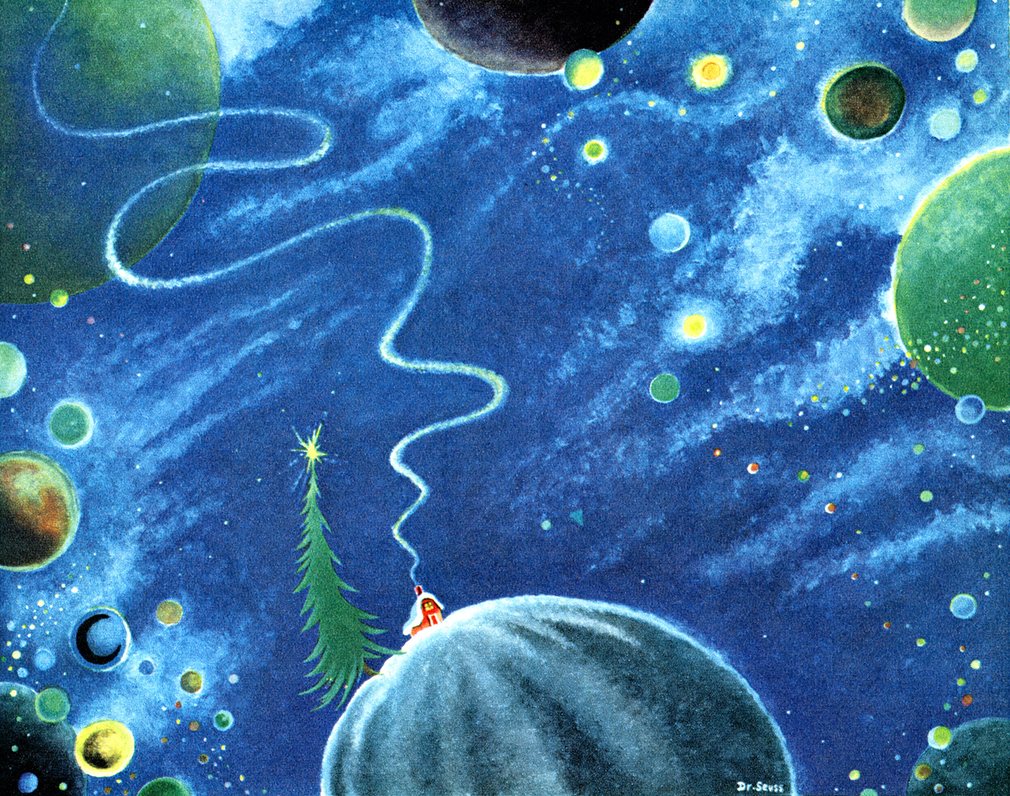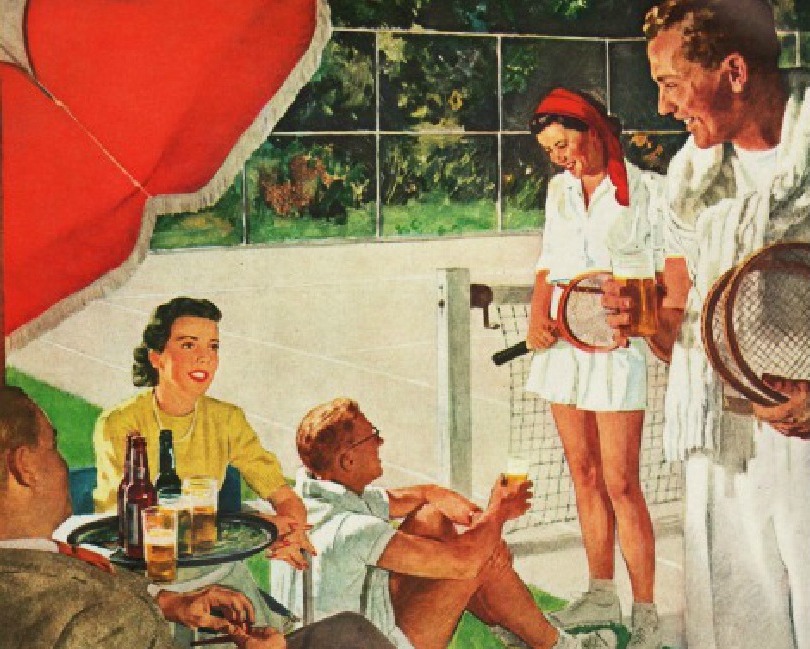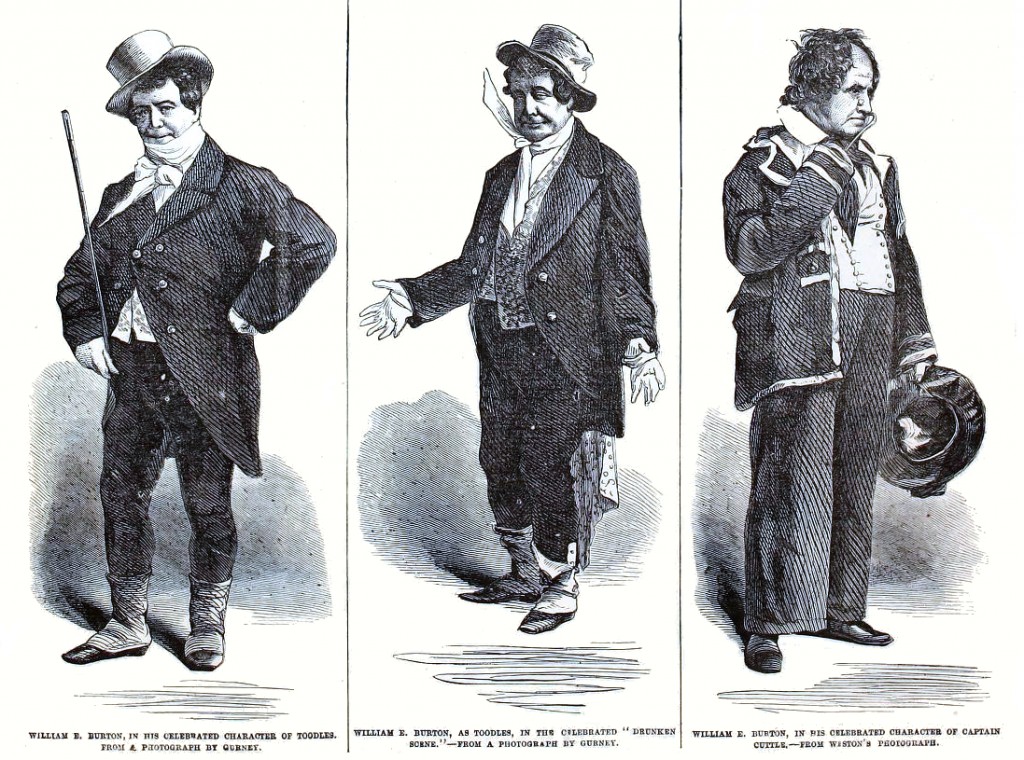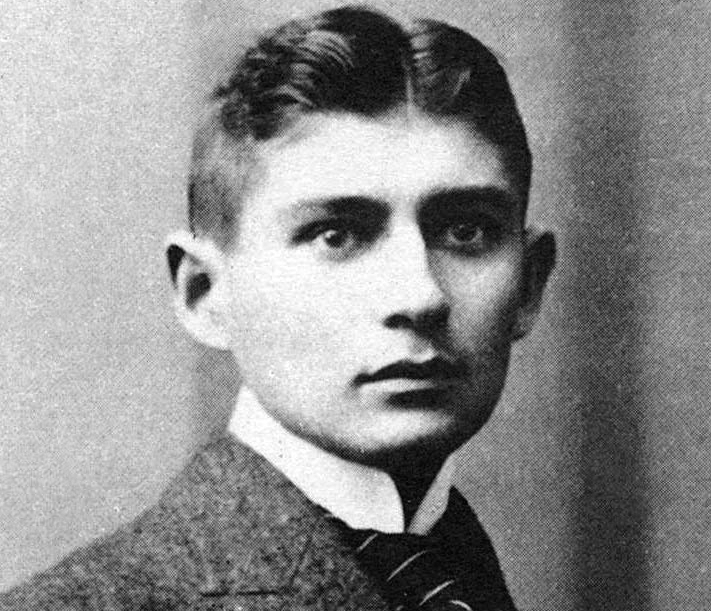The cat3korean | Adult Movies OnlineArt of Insomnia, and Other News
On the Shelf

A 1955 oil painting by Dr. Seuss. Photo: The Art of Dr Seuss and Liss Gallery, via the Guardian.
- Today in deeply disturbing ontological questions: in the not-too-distant future, we can reasonably expect to upload simulations of ourselves to computers to enjoy eternal digital afterlives. So, uh … as Michael Graziano asks: “Did you cheat death, or merely replace yourself with a creepy copy? I can’t pretend to have a definitive answer … My own perspective borrows from a basic concept in topology. Imagine a branching Y. You’re born at the bottom of the Y and your lifeline progresses up the stalk. The branch point is the moment your brain is scanned and the simulation has begun. Now there are two of you, a digital one (let’s say the left branch) and a biological one (the right branch). They both inherit the memories, personality, and identity of the stalk. They both think they’re you. Psychologically, they’re equally real, equally valid. Once the simulation is fired up, the branches begin to diverge … Is it all one person, or two people, or a real person and a fake one? All of those and none of those. It’s a Y.”
- For those of us still among the biologically alive, there are more pressing matters, like, what happens when you and your paramour build yourselves the perfect new home for your perfect new love, and then you break up? It happens, you know. Even to famous architects, whose work survives the love affairs as a tribute to a broken heart. Leanne Shapton writes, “My friend Niklas Maak, a writer and architecture critic, took me to a house on Sardinia where the actress Monica Vitti once lived. The house, called La Cupola, was designed and built by the Italian architect Dante Bini for Vitti and her then boyfriend, the director Michelangelo Antonioni, in the late ’60s … It was beautiful. It was a wreck. It blistered on the rocky hillside: a perfect dome, gray weathered concrete and granite connected by a bridge to an eroded staircase … Looking around the main room, it was easy to imagine Vitti stepping carefully, cinematically, barefoot down the banister-free staircase that Antonioni built to watch her descend. But by 1972, Vitti and Antonioni were at the end of their affair.”
- While we’re in an existential frame of mind, here’s Robert Moor on how it feels to take a hike only to find that you’re literally walking in circles: “When you read about circular trails, they are nearly always described in a tone of existential despair. A trail, the naturalist Ernest Ingersoll wrote, is a ‘happy promise to the anxious heart that you are going somewhere, and are not aimlessly wandering in a circle.’ A circular trail, then, is a cruel trick, a breach of trust … It has been thought for centuries that human beings have a natural tendency to walk in circles. In 1928, a biologist named Asa Schaeffer claimed to have shown experimentally that blindfolded people walk, run, swim, row, and drive automobiles in spiraling patterns, a phenomenon he attributed to a ‘spiral mechanism’ in the brain. The navigator William Gatty believed that people circled because of simple biological asymmetry: one leg tends to be longer or stronger than the other.”
- Fact: Voltaire didn’t merely play the lottery. He gamed it. “At a dinner party he discussed the matter with a young mathematician and scientist, Charles-Marie de La Condamine. Together they began to wonder: What if one could buy all the tickets in a given draw as soon as they were issued? No one individual could hope to, but a syndicate might. How this all worked is not clear from the remaining records, but work it did … One surviving piece of documentary evidence records that Voltaire ‘acquired all the ticket books on payment of a deposit without filling them in.’ Clearly he had an understanding of sorts with the notaries appointed to sell the tickets, and it seems that he did not have to pay the full price of the tickets, so certain were he and his associates—and perhaps the notaries selling the tickets, presumably cut in on the action—of winning.”
- A new exhibition shows Dr. Seuss’s insomnia-induced art, which “he called his ‘Midnight Paintings’. Although famous for his rhyming picture books, Geisel created topical and surrealist art, much of which was kept private until his death. This 1955 oil painting, depicting a child’s small place in the universe, was printed in Collier’smagazine alongside a poem that read: “From here on earth, from my small place, I ask of You way out in space: Please tell all men in every land / what You and I both understand. Please tell all men that peace is good. That’s all that need be understood / in every world in Your great sky. We understand. Both You and I.”

















